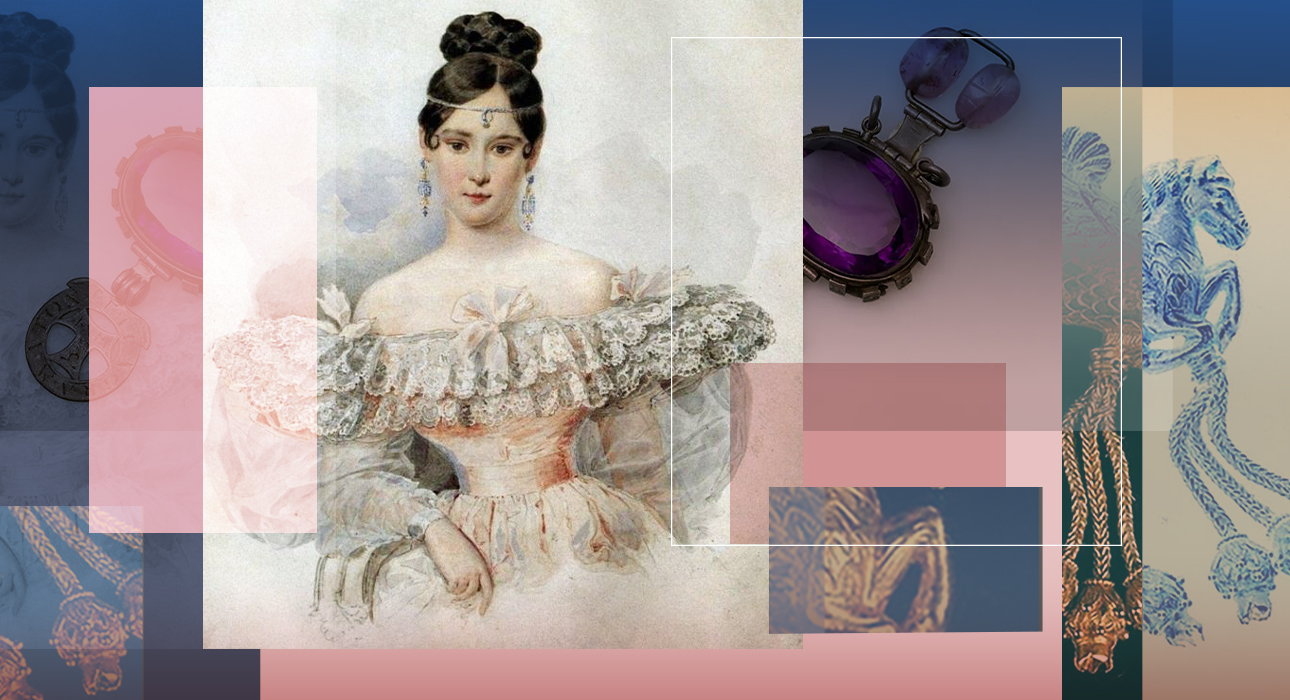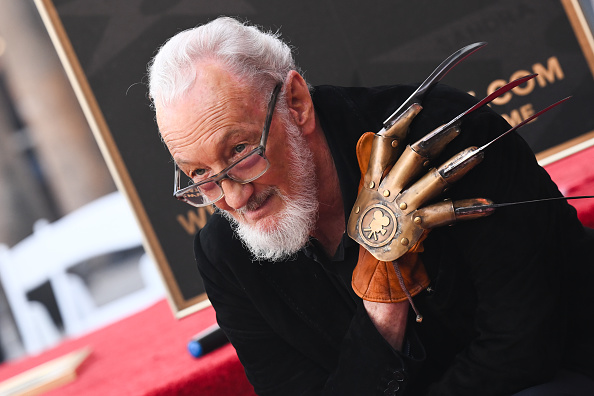We are sure that in your jewelry collection there are pieces that once belonged to your mother, grandmother, sister or aunt. And not everyone will refuse vintage rings from flea markets – they are so beautiful, unusual and inexpensive (where would we be without this). But there is an opinion that wearing other people’s jewelry is harmful and even dangerous.
Many energy therapists believe that jewelry quickly absorbs a person’s emotions and feelings. That’s why in ancient times it was forbidden for others to try on rings. It was believed that jewelry transfers the energy of the previous wearer and can bring misfortune and illness to its new owner. It certainly sounds like a scary bedtime story. But every story has a little something you know. And today we propose to verify it.
We’ve collected five mysterious stories about how gems cursed their owners.
Hope Diamond
An incredibly beautiful blue diamond weighing 45.52 carats was stolen from an Indian temple, where it adorned the statue of the goddess Sita. The first owner of the precious stone was the French merchant Jean-Baptiste Tavernier, who secretly took it to Paris and sold it to King Louis XIV in 1668. And then the fun began. Tavernier went bankrupt, went to Russia and died of starvation. A year later, in 1669, the mistress of the French king demanded that he give her a rare diamond. True, she soon lost the support of Louis XIV and was exiled to a monastery. The next owner of the jewel was Marie Antoinette. She often wore it around her neck and even lent it to her friend, the Princess of Lamballe, several times. The curse did not take long to come. Both ladies were executed.
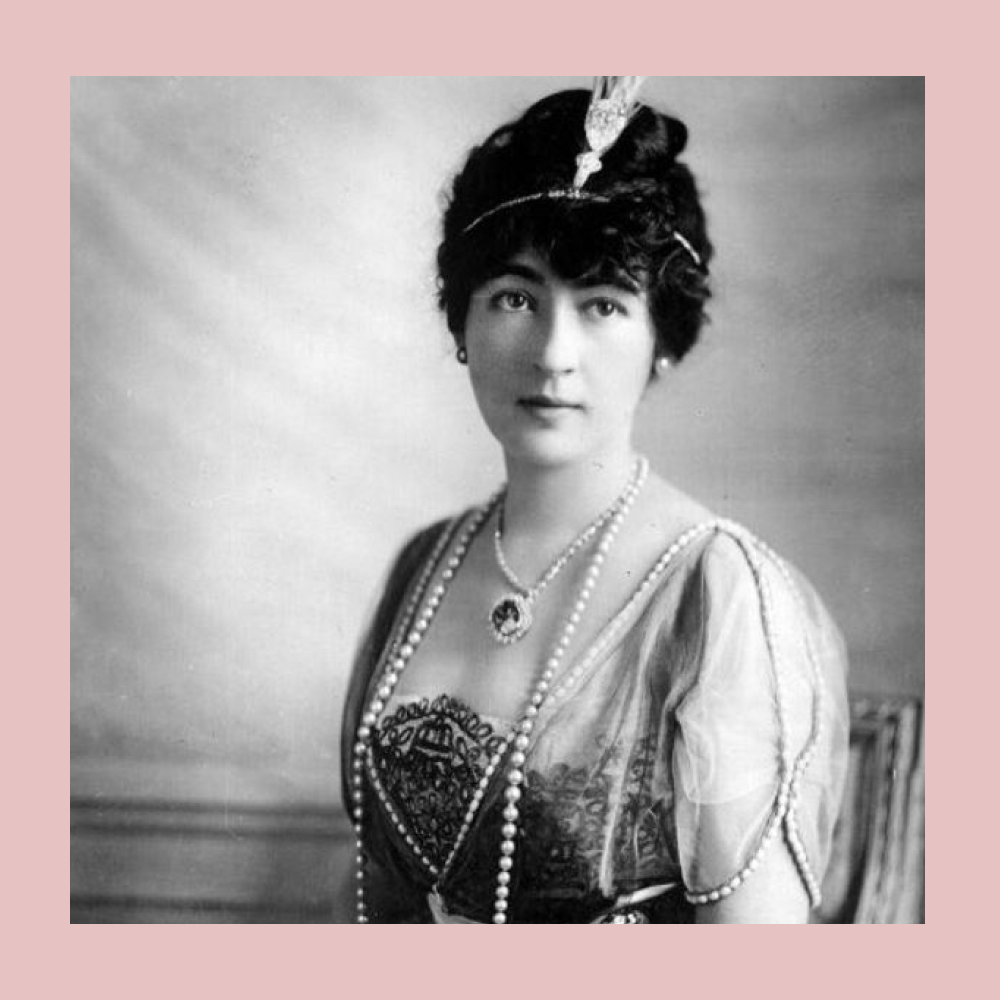
But the penultimate owner of the stone, American millionaire Evelyn Walsh McLean, got the most. At the beginning of the 20th century, she bought it from Pierre Cartier, who began to spread rumors about the curse of the stone. But for some reason, all these stories did not stop Evelyn. Immediately after the fatal purchase, her nine-year-old son died, her husband went to another woman, and her daughter died from an overdose of sleeping pills. The woman soon went bankrupt. After her death, the stone passed into the hands of jeweler Harry Winston, who sent the diamond as a gift to the Smithsonian Institution.
Diamond “Black Orlov”
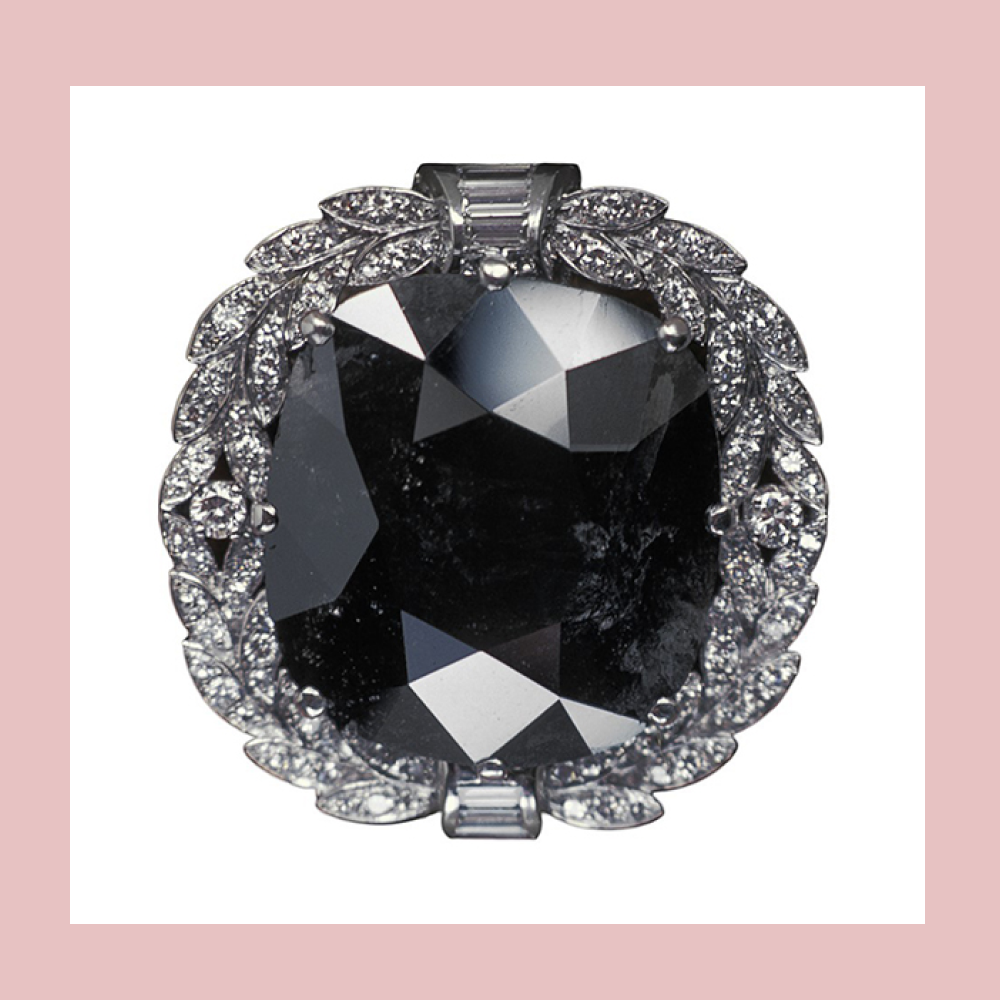
By a strange coincidence, this stone was also stolen from an Indian temple, where it was used as one of the eyes on the statue of the Hindu god Brahma. Later, the diamond came to the Russian Empire, from which it took its name, and was in the collection of Princess Orlova. After the revolution, the gem reached the United States and found its first victim. The person who jumped from the skyscraper immediately after selling the stone was the European diamond merchant JW Paris. 15 years later, the same fate befell the next two owners; both died a few months apart.
Purple amethyst from Delhi
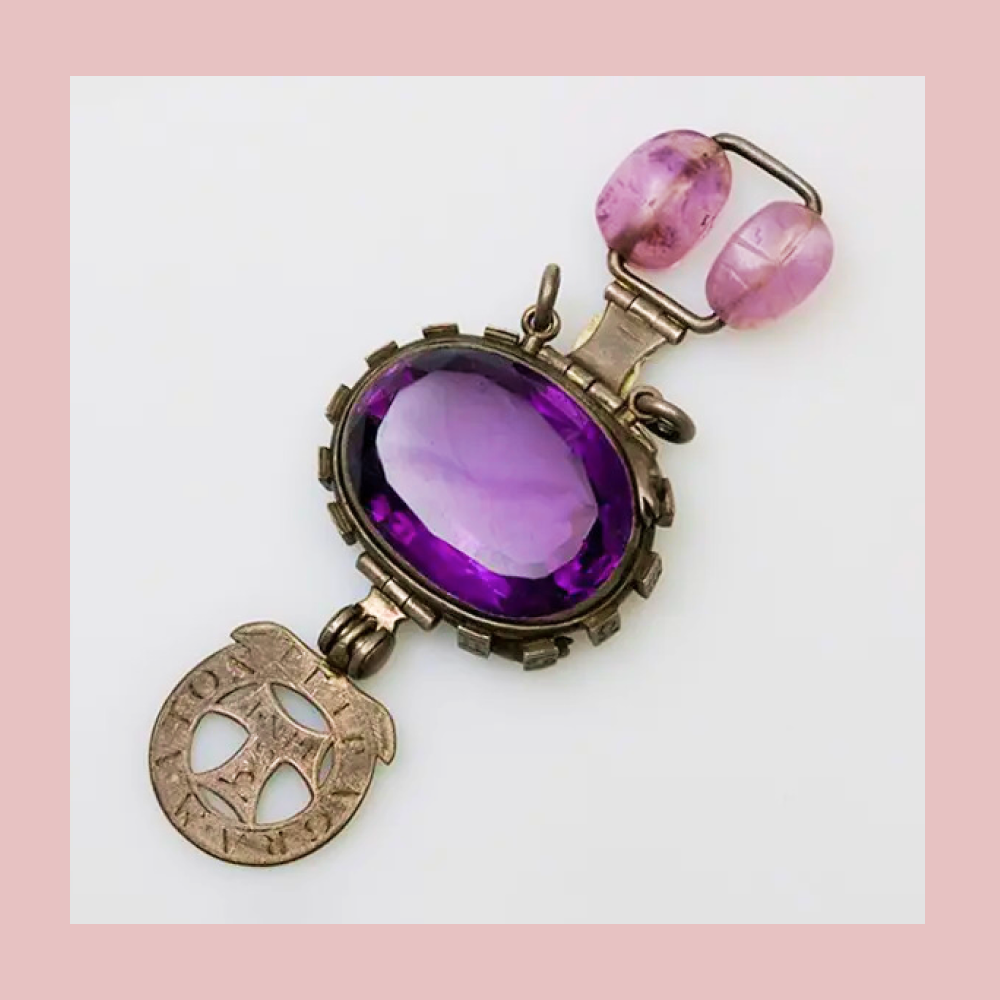
Yes, you read that right, this is another stone brought to Europe from India. In 1857, amethyst fell into the hands of writer Edward Herron-Allen. Being a creative and very impressionable person, he attributed all his failures and misfortunes to the stone. Edward gave it to friends and colleagues several times. But for some reason, they always returned it to its owner. Later, Herron-Allen decided to get rid of the jewelry by throwing the stone into the river. True, the joke was unsuccessful. Three months later, an amethyst was found by an oyster catcher and sold to a dealer. He, in turn, delivered it to the museum where the writer worked. Having seen the cursed stone again, Herron-Allen gave it to the bank for safekeeping and bequeathed that the cell would be opened only three years after his death.
Meshchersky diamond earrings
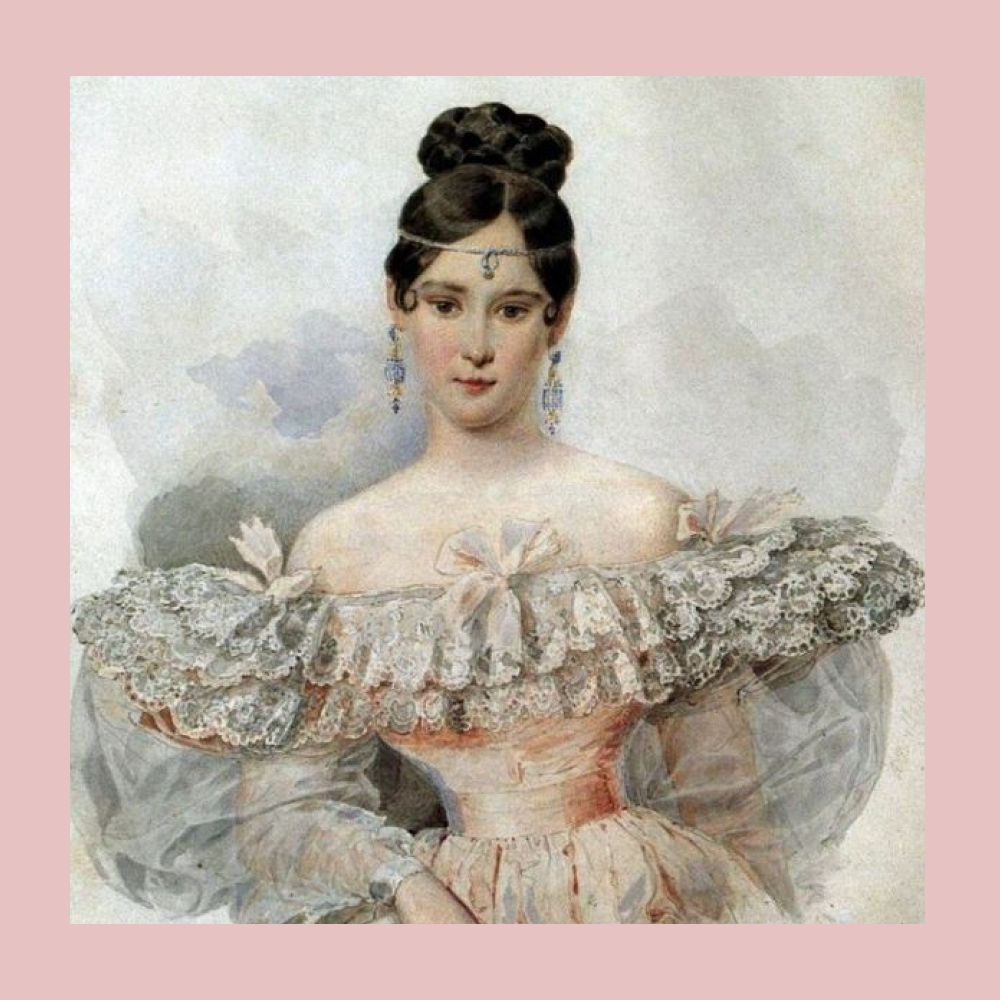
In the family of the Meshchersky princes, long diamond earrings, with which a legend is associated, were passed down from generation to generation. The Meshcherskys believed that if this jewelry was worn by a woman who cheated on her husband, then something bad would happen to her. Everything was fine until one of the princes told this story to Alexander Sergeevich Pushkin, who (as we recall) was very superstitious. Hearing the legend, he wanted to borrow the earrings and give them to his wife Natalya Goncharova to see if she was faithful to him. But everything turned out differently. Instead of Pushkin’s wife, the decoration “played” on him. They say that a few weeks later the same duel took place.
King Croesus Brooch
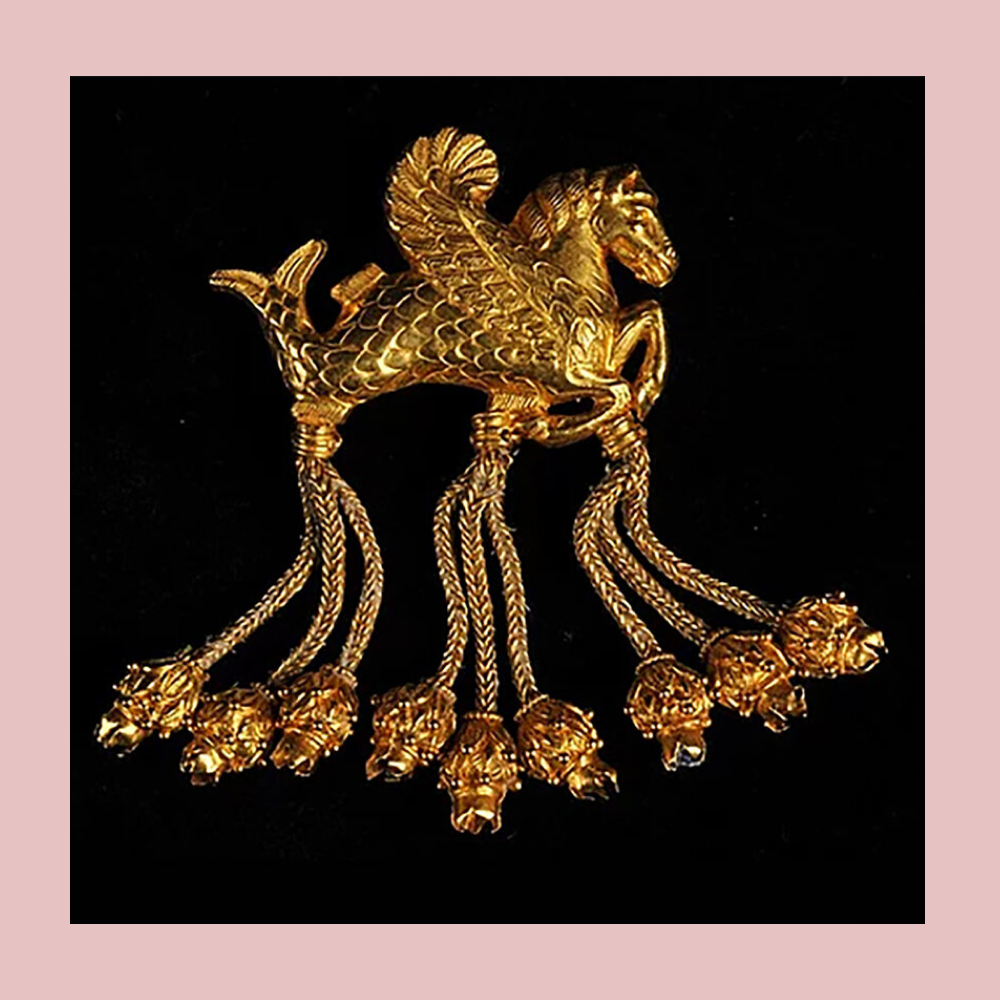
The age of this decoration is estimated at 2.5 thousand years and is considered part of the legendary “Lydian treasure” belonging to King Kroisos. However, it was only found during excavations in the 1960s. At that time, rumors of a curse arose. They say that all participants in the excavations soon died under strange circumstances.
Source: People Talk
Elizabeth Cabrera is an author and journalist who writes for The Fashion Vibes. With a talent for staying up-to-date on the latest news and trends, Elizabeth is dedicated to delivering informative and engaging articles that keep readers informed on the latest developments.

